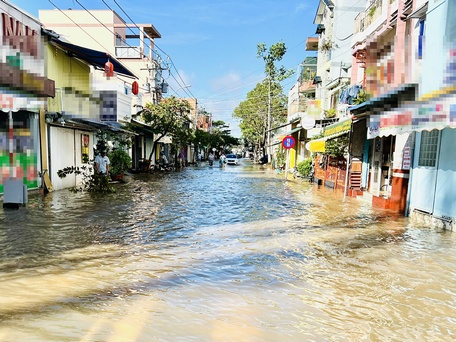 |
| Synchronous solutions are needed to help urban areas escape flooding. |
Flooding occurs in many urban areas, including the Mekong Delta. Not only causing inconvenience to people's travel, daily life and shopping, flooding also causes damage to infrastructure, affects the environment and economic development. In the context of the increasingly rapid urbanization process, the impact of climate change is increasingly evident, posing the need for fundamental and effective solutions to prevent flooding in urban areas.
Improving flood prevention capacity
In fact, flooding in many provinces and cities of the Mekong Delta is becoming increasingly serious. Currently, localities are strengthening flood prevention measures and improving urban areas.
Driving through a flooded section of Vinh Long City after heavy rain, Mr. Trinh Van Thanh in Tan Hanh (Long Ho district) said: “Riding on flooded roads is potentially dangerous because large and small vehicles have to squeeze together, traffic is chaotic, and we don’t know where there are high steps or deep holes to avoid like when it’s not raining. Not to mention that deep flooding can cause vehicles to stall and break down… In the long term, we need a solution to prevent flooding.”
According to records in Vinh Long City, after heavy rains lasting 30 minutes or more, some inner-city roads are flooded. In particular, heavy rains combined with high tides during the rainy season cause more severe flooding, with some sections of roads flooded up to 0.5m deep. To improve this situation, in recent times, Vinh Long City and other urban areas of the province have been interested in investing in infrastructure such as upgrading and expanding roads, building new and upgrading drainage systems, building embankments, and dikes to prevent flooding, etc.
Thereby, helping many urban areas to reduce and escape from flooding. However, the reason why local flooding in urban areas still occurs is because the infrastructure has been invested but not synchronously, the drainage capacity has not met the actual needs. Besides, it is also due to the low awareness of some people, littering, encroachment, narrowing of drainage routes. Especially due to increased rainfall, natural disasters and the impact of climate change...
Expert perspective
Considering that Vietnam and Japan have many similarities, both are affected by climate change with a tendency for rainfall to increase sharply, Mr. Norihide Tamoto - JICA expert/drainage policy advisor at the Ministry of Construction of Vietnam, said that Vietnam can refer to Japan's policy to come up with timely prevention and response solutions to avoid flooding in urban areas.
He said that in Japan, the initial development of the drainage system focused on quickly draining rainwater in the city. This was also to avoid the deterioration of sanitary conditions due to prolonged stagnation of rainwater in the city. Therefore, in Japan, the construction projects of drainage and wastewater treatment works, including rainwater drainage, are the responsibility of the Government (including local governments). Local governments own and manage the drainage and wastewater treatment infrastructure and are ultimately responsible for the operation of such infrastructure.
In fact, rainfall patterns have been changing in recent years, and flood damage prevention has become increasingly difficult to solve by installing pipes and pumps to drain rainwater. Therefore, the basis of recent policies in Japan is to combine “hard solutions” (such as infrastructure development) and “soft solutions” (such as providing information, encouraging evacuation to safe areas) while still making the most of existing infrastructure.
In addition, there is a policy of prioritizing solutions for important areas such as areas with many urban functions. Thus, it can be said that the basic approach in urban drainage policy in Japan is the combination and prioritization of solutions.
The Japanese Drainage Law states that “healthy development of cities” is one of the purposes of the law, which is understood to include the prevention of urban flooding. To achieve this goal, drainage systems, including stormwater pipes, storage facilities, pumping stations, and rainwater infiltration facilities, have been developed over many years.
However, in recent years, as flooding damage caused by climate change and other factors has become increasingly severe, many new policies have been introduced into the law, including contents such as: forecasting rainfall; identifying high-priority areas, such as urban areas, as “solution zones” and setting specific technical standards for storing and absorbing rainwater for flood prevention…
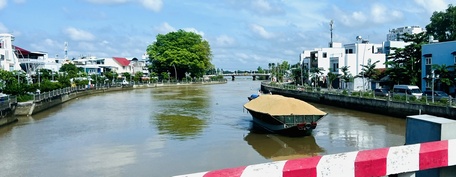 |
| Building embankments, dikes, strengthening forecasting work... to minimize and prevent flooding. |
From sharing Japan’s solutions to prevent urban flooding, Mr. Norihide Tamoto made some suggestions for Vietnam. Accordingly, each province and city needs to have its own drainage plan. In addition, it is necessary to issue or amend laws and regulations as a basis for the development of local plans and schemes as well as technical guidelines on construction processes. He said that it would be effective if these plans set targets, such as “expected rainfall” and identify areas where priority works need to be carried out.
He also said that councils or forums should be established for relevant parties to exchange ideas and agree on measures to respond to damage caused by flooding. At the same time, it is necessary to urgently develop infrastructure to respond to the rapid pace of urbanization and economic development, but it is important to manage infrastructure effectively.
Article and photos: SONG HAU
Source: https://baovinhlong.vn/tin-moi/202410/tim-giai-phap-phong-chong-ngap-ung-do-thi-8451249/


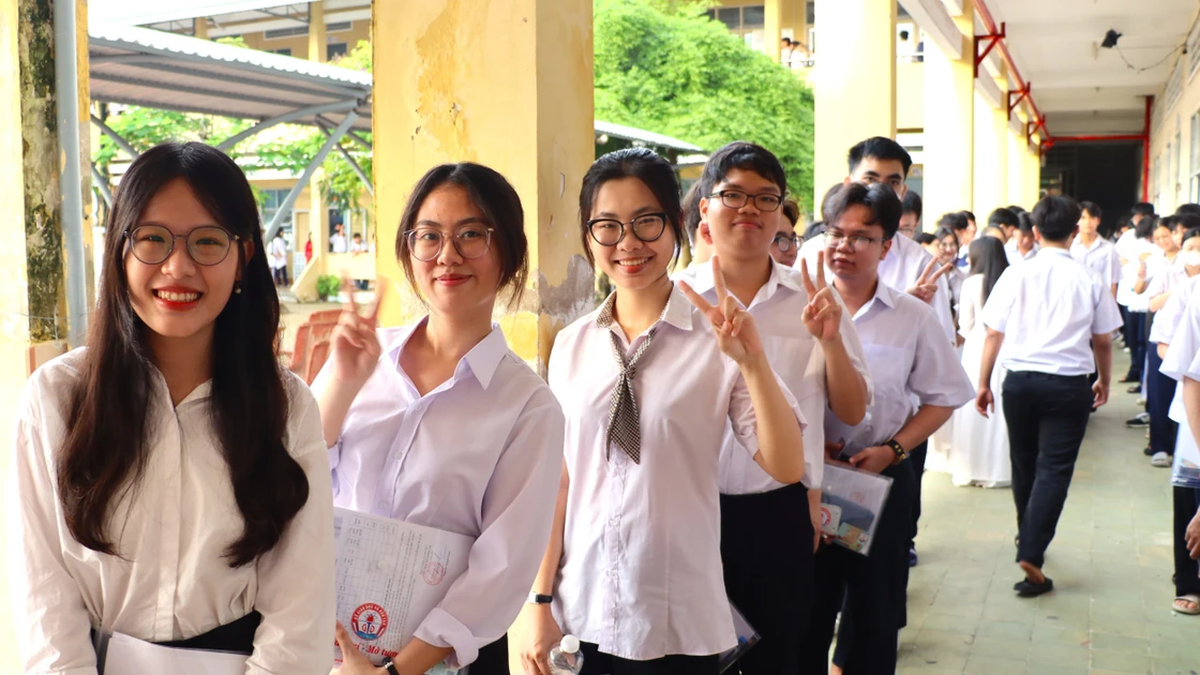
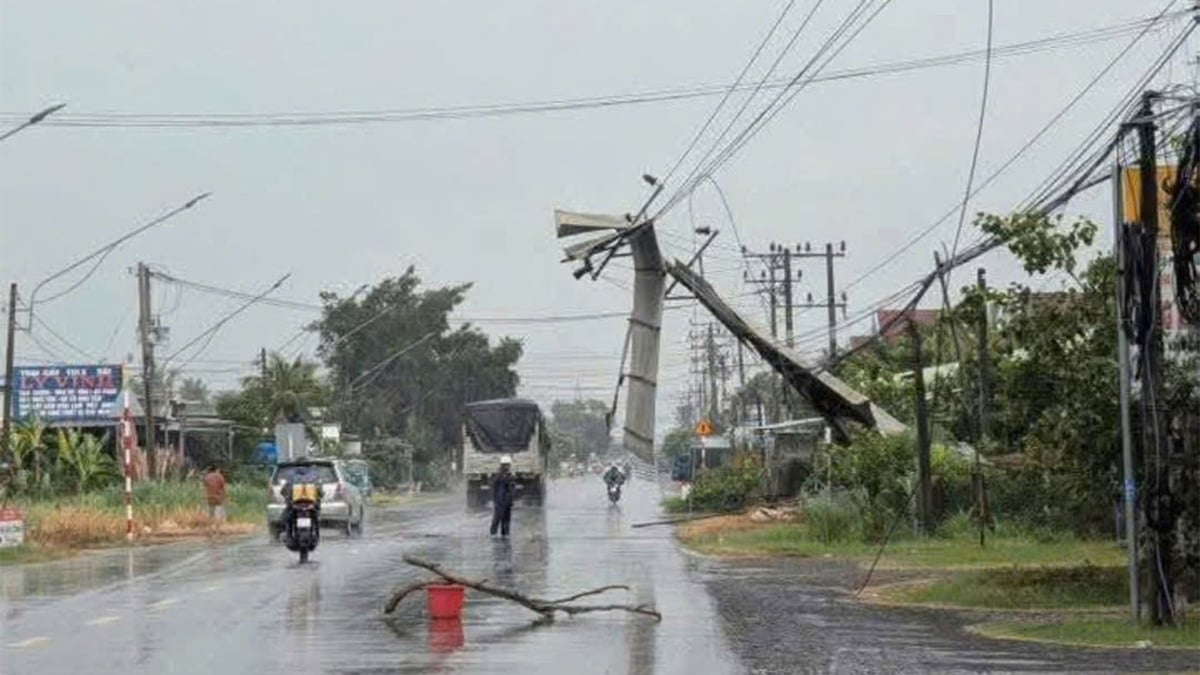
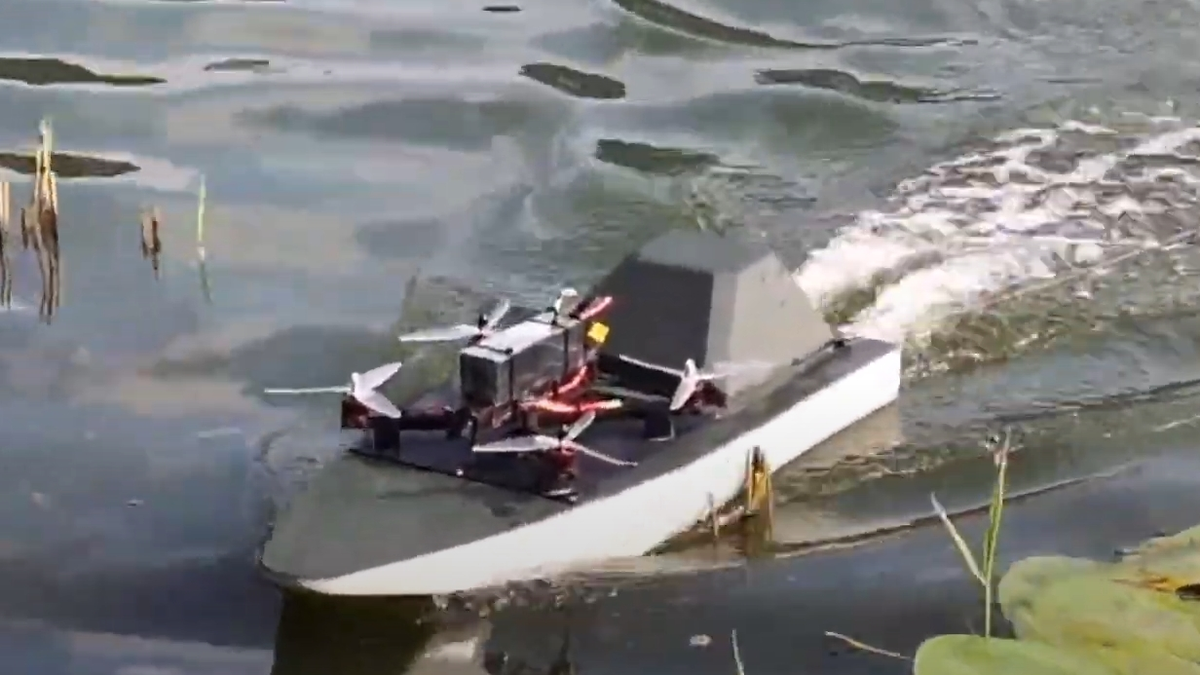
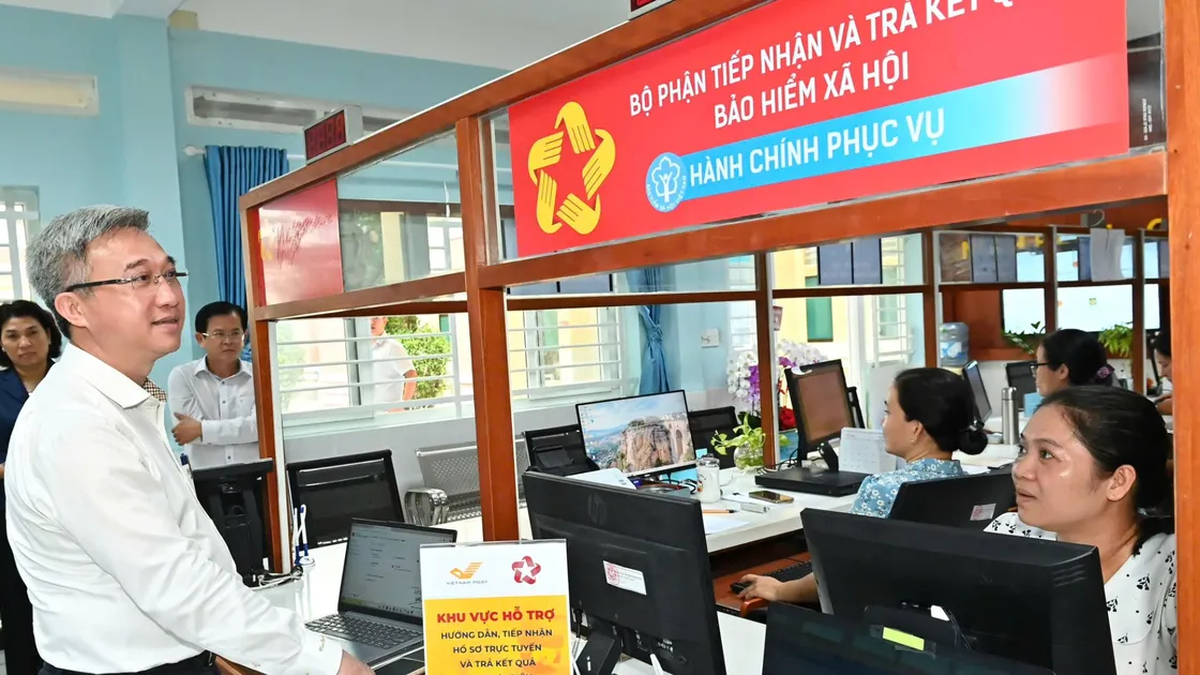
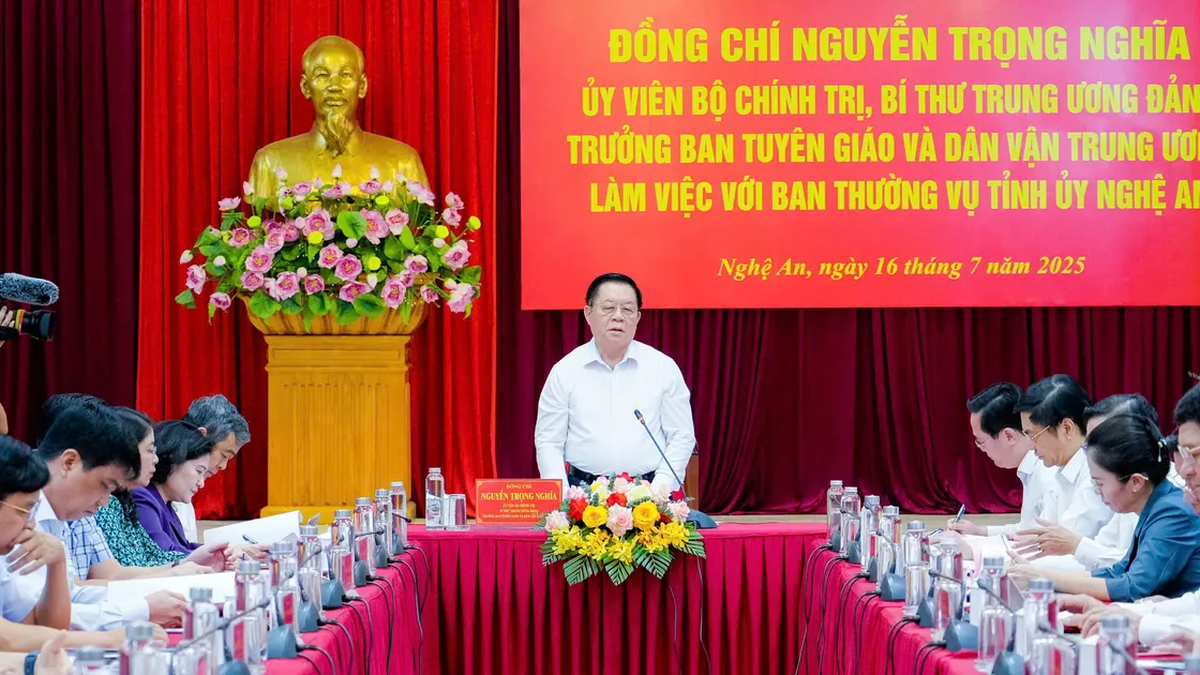
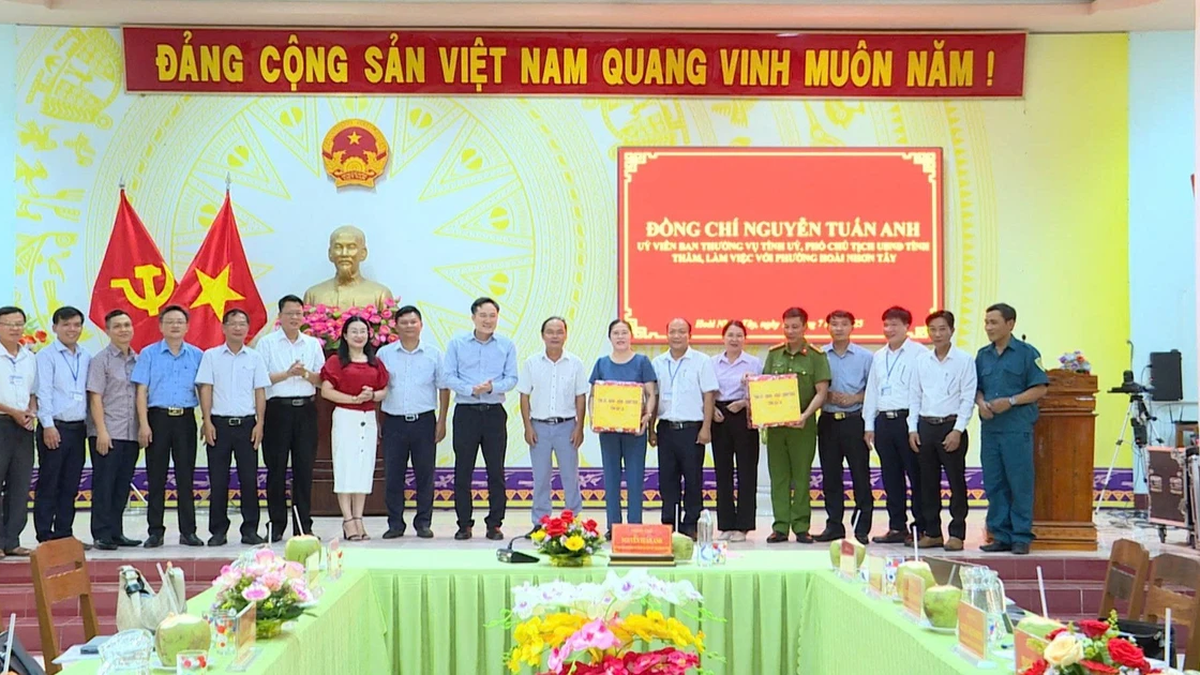


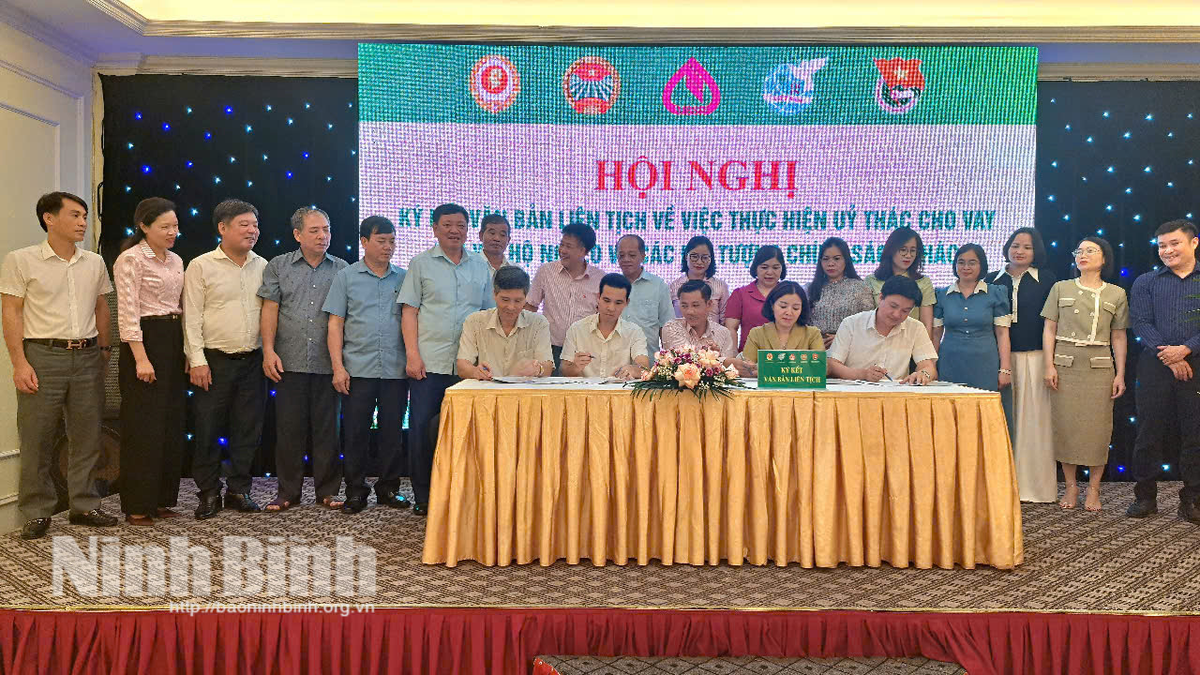
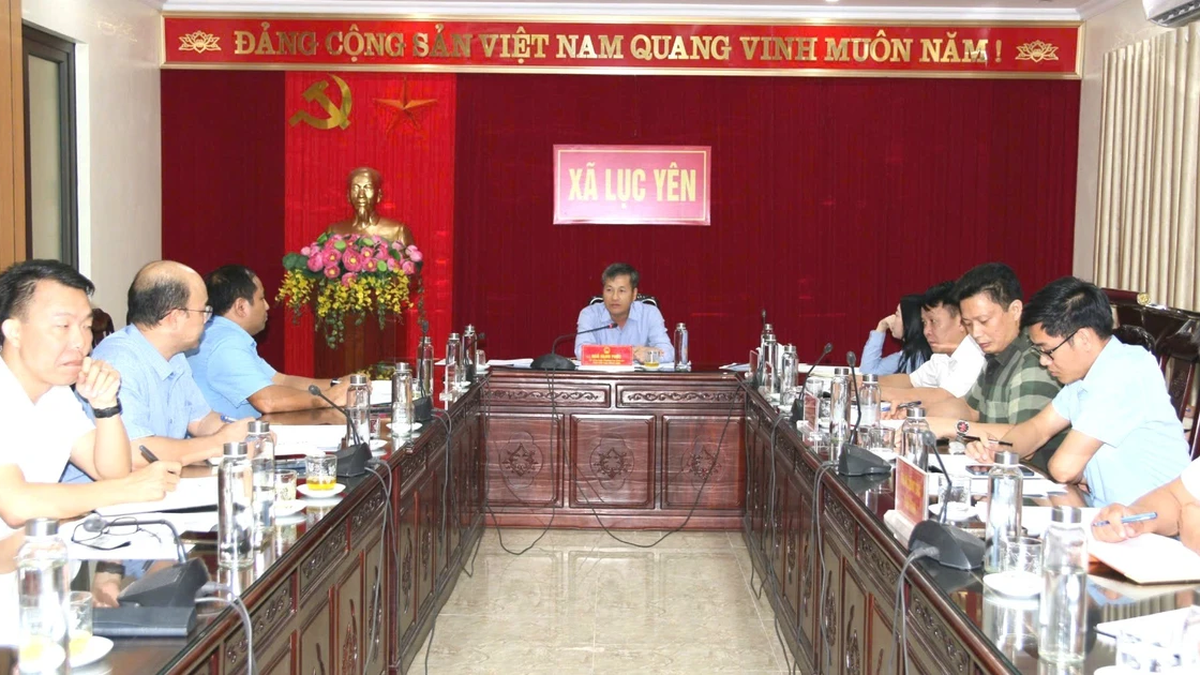








































![[Maritime News] More than 80% of global container shipping capacity is in the hands of MSC and major shipping alliances](https://vphoto.vietnam.vn/thumb/402x226/vietnam/resource/IMAGE/2025/7/16/6b4d586c984b4cbf8c5680352b9eaeb0)












































Comment (0)